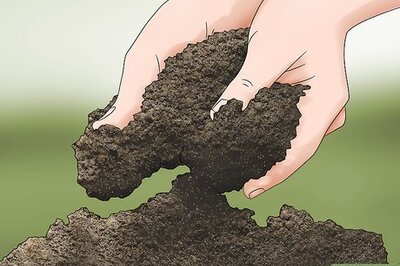
views
Leg shaking while sitting is a common phenomenon observed in many individuals, often occurring unconsciously. While it may seem like a harmless habit, experts suggest that it can stem from various underlying factors, including boredom, concentration, lack of sleep, hormonal imbalance and even medical conditions like restless leg syndrome (RLS). Understanding the reasons behind leg shaking and adopting preventive measures can help individuals manage this issue effectively.
Causes of Leg Shaking:
1. Boredom: Boredom is often cited as a primary trigger for leg shaking. When individuals experience boredom, their bodies may seek additional stimulation, leading to repetitive leg movements as a means of distraction and tension relief.
2. Concentration: During periods of intense concentration, such as studying or working on a computer, some individuals may unconsciously shake their legs while processing information.
3. Lack of Sleep and Hormonal Imbalance: Lack of proper sleep and hormonal imbalances can contribute to leg shaking. Chronic sleep deprivation or irregular sleep patterns can exacerbate leg movements, indicating a need for adequate rest.
Restless Leg Syndrome (RLS): Medical conditions like iron deficiency and RLS can manifest through restless leg movements, prompting individuals to seek appropriate medical intervention.
Preventive Measures:
1. Iron-rich diet: Incorporate iron-rich foods like bananas and beetroot into the diet, or consult a healthcare professional for iron supplements to address iron deficiency-related leg shaking.
2. Relaxation Techniques: Practice relaxation techniques such as yoga and meditation to alleviate stress and promote calmness, reducing the likelihood of leg-shaking episodes.
3. Adequate Sleep: Prioritize sleep hygiene and establish a consistent sleep schedule to manage leg shaking caused by sleep deprivation. Limit the consumption of stimulants like caffeine and incorporate relaxation rituals before bedtime to enhance sleep quality.
By identifying the underlying causes and implementing appropriate strategies, individuals can effectively manage leg shaking and improve their overall quality of life. Whether through lifestyle modifications, dietary changes, or relaxation techniques, addressing leg shaking can lead to enhanced comfort and well-being in daily activities.


















Comments
0 comment